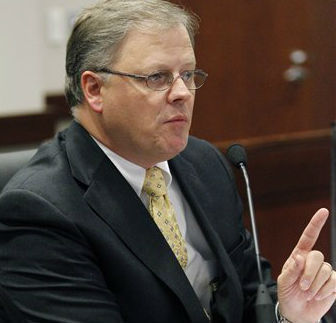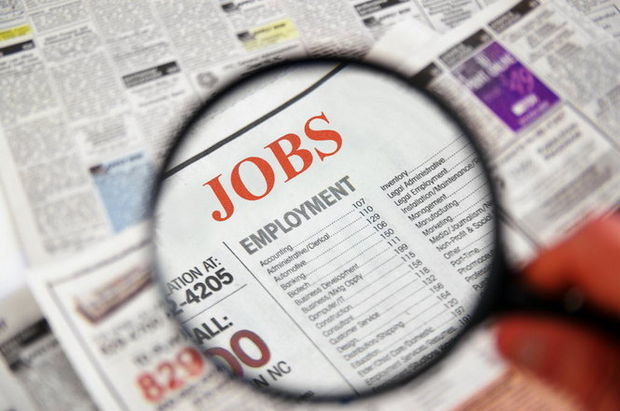
 JACKSON, Mississippi (AP) — Mississippi’s unemployment rate ticked down to 7.4 percent in January, as a few more people found jobs.
JACKSON, Mississippi (AP) — Mississippi’s unemployment rate ticked down to 7.4 percent in January, as a few more people found jobs.
A separate survey shows state employer payrolls falling slightly.
Both sets of figures — adjusted to cancel out normal seasonal changes — were released Wednesday by the Mississippi Department of Employment Security.
It’s the lowest state jobless rate since October 2008, before the worst of the recession hit Mississippi. The state’s unemployment rate was 7.5 percent in January and 9 percent in February 2013.
The national unemployment rate rose to 6.7 percent in February from 6.6 percent in January. It was 7.7 percent in February 2013.
Mississippi had nearly 94,000 unemployed people in February, down by more than 1,000 from January and down from 118,000 in February 2013. The labor force also fell slightly, but less than the number of unemployed people.
Across Mississippi’s 82 counties, Rankin County had the lowest unemployment rate at 4.8 percent, while Tunica County had the highest rate at 17.3 percent. Local unemployment rates, which aren’t adjusted for normal seasonal variation, rose in 40 counties from January to February, were level in 11 counties and fell in 31 counties.
The unemployment rate is calculated by a survey that asks how many people are looking for a job. A second survey each month asks employers how many people are on their payrolls, a measure many economists use as their top labor market indicator.
Mississippi nonfarm payrolls fell by about 2,000 from January to 1.1 million on a seasonally adjusted basis, but are about 5,000 above year-ago levels. Payrolls have now fallen three months in a row and the state still has about 4 percent fewer jobs than it did in early 2008. Revisions to payroll data in January shaved off some of the gains that had been recorded last year.
The broadest measure of those who are unemployed averaged 14.6 percent in Mississippi during all of 2013, the most recent figures available. That number includes people who are looking for work only sporadically, have given up looking or are working part time because they can’t find a full-time job.
Nationwide, that broad measure averaged 13.8 percent during the same time.



